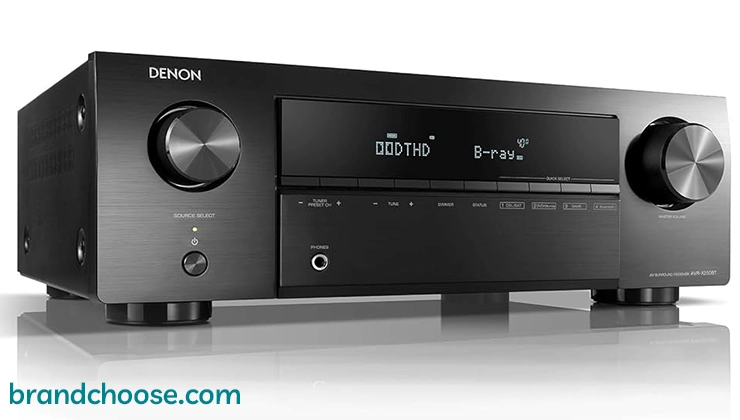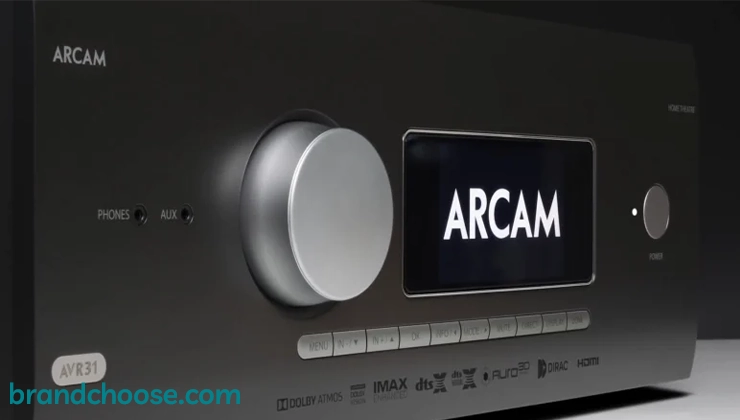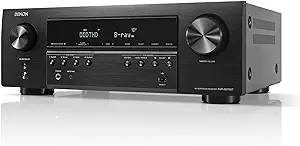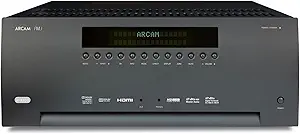
-
Advanced Audyssey calibration for optimized room audio
-
Extensive connectivity, including latest HDMI standards
-
HEOS multi-room audio for seamless streaming
-
Voice control with major voice assistants
-
Future-proof with regular firmware updates
-
Supports newest audio and video formats
Denon AV Receivers
In the realm of home entertainment, audio-visual (AV) receivers play a pivotal role in delivering immersive sound and video experiences. Among the plethora of options available, Denon AV receivers stand out as a hallmark of quality, performance, and innovation. In this article, we will delve into what makes Denon AV receivers exceptional, their distinguishing features, and why they are a compelling choice for audio enthusiasts and home theater aficionados.
Denon AV receivers are sophisticated audio and video components designed to serve as the central hub of a home entertainment system. Renowned for their superior sound quality, versatility, and advanced features, Denon receivers cater to the discerning needs of audiophiles, cinephiles, and casual users alike.
Equipped with cutting-edge technologies, Denon AV receivers decode and amplify audio signals from various sources such as Blu-ray players, gaming consoles, streaming devices, and cable/satellite boxes. Additionally, they facilitate seamless integration with multiple speakers, subwoofers, and video displays to create a captivating and immersive home theater experience.

Denon AV receivers excel in several key areas, setting them apart from their competitors:
Arcam AV Receivers
In the realm of home entertainment, the heart of a truly immersive experience lies within the audio-visual (AV) receiver. Among the myriad of options available, Arcam AV receivers stand out as beacons of innovation, performance, and reliability. In this article, we delve into the realm of Arcam AV receivers, uncovering what makes them exceptional, their unique features, advantages, disadvantages, and why they deserve a place in your home theater setup.

Connectivity Options
Arcam, a renowned brand in the AV receivers category, offers a variety of connectivity options in their models that cater to the needs of modern users. One of the key features is the inclusion of HDMI 2.1 ports, which support 8K/60Hz and 4K/120Hz video pass-through, ensuring compatibility with the latest high-definition video formats. Additionally, Arcam AV receivers also provide eARC (Enhanced Audio Return Channel) support, which allows for the transmission of Dolby Atmos and DTS:X from TV apps with a single HDMI connection. In comparison to other brands, Arcam stands out with its inclusion of Dirac Live room correction technology, which can be connected to a computer for a higher level of customization. However, one potential downside is that some users may find the lack of built-in Wi-Fi a drawback, as many competitive models offer this feature. Nevertheless, Arcam compensates with Ethernet connectivity and Bluetooth, ensuring users can still stream music from devices or connect to home networks. Despite these minor cons, when it comes to connectivity options, Arcam AV receivers are on par, if not superior, to many other brands in the market.
















